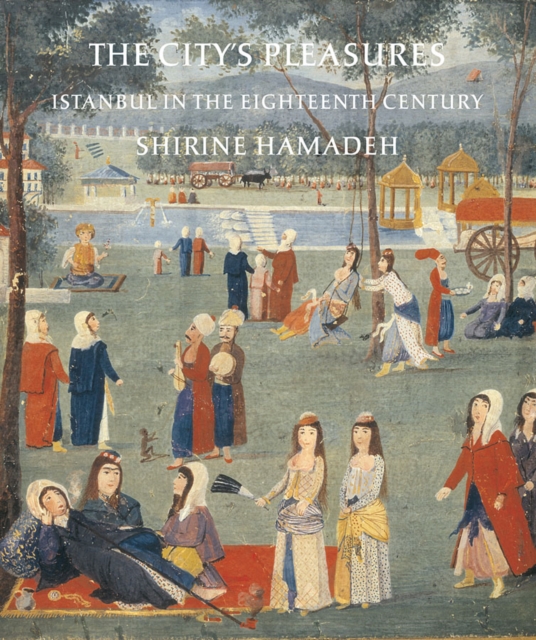
The City's Pleasures : Istanbul in the Eighteenth Century Hardback
by Shirine Hamadeh
Part of the Publications on the Near East series
Hardback
Description
The City's Pleasures is the first historical investigation of the tremendous changes that affected the fabric and architecture of Istanbul in the century that followed the decisive return of the Ottoman court to the capital in 1703.
These were spectacular times that witnessed the most extraordinary urban expansion and building explosion in the history of the city.
Showing how architecture and urban form became involved in the representation and construction of a changing social order, Shirine Hamadeh reassesses the dominance of the paradigm of Westernization in interpretations of this period and challenges the suggestion that change in the eighteenth century could only occur by turning toward a now superior West.
Drawing on a genre of Ottoman poetry written in celebration of the built environment and on a vast array of related textual and visual sources, Hamadeh demonstrates that architectural change was the result of a dynamic synthesis between internal and external factors, and closely mirrored the process of decloisonnement of the city's social landscape. Examining novel forms, spaces, and decorative vocabularies; changing patterns of patronage; and new patterns of architectural perception; The City's Pleasures shows how these exposed and reinforced the internal dynamics that were played out between a society in flux and a state anxious to recreate an ideal system of social hierarchies.
Profoundly hybrid in nature, the new architectural idiom reflected a growing permeability between elite and middle-class sensibilities, an unprecedented degree of receptivity to Western and Eastern foreign traditions, and a clear departure from the parameters of the classical canon.
Innovation became the new operative doctrine. As the built environment was experienced, perceived, and appreciated by contemporary observers, it increasingly revealed itself as a perpetual source of sensory pleasures.
Information
-
Item not Available
- Format:Hardback
- Pages:368 pages, 105 illus., 8 in color
- Publisher:University of Washington Press
- Publication Date:10/11/2007
- Category:
- ISBN:9780295986678
Information
-
Item not Available
- Format:Hardback
- Pages:368 pages, 105 illus., 8 in color
- Publisher:University of Washington Press
- Publication Date:10/11/2007
- Category:
- ISBN:9780295986678










